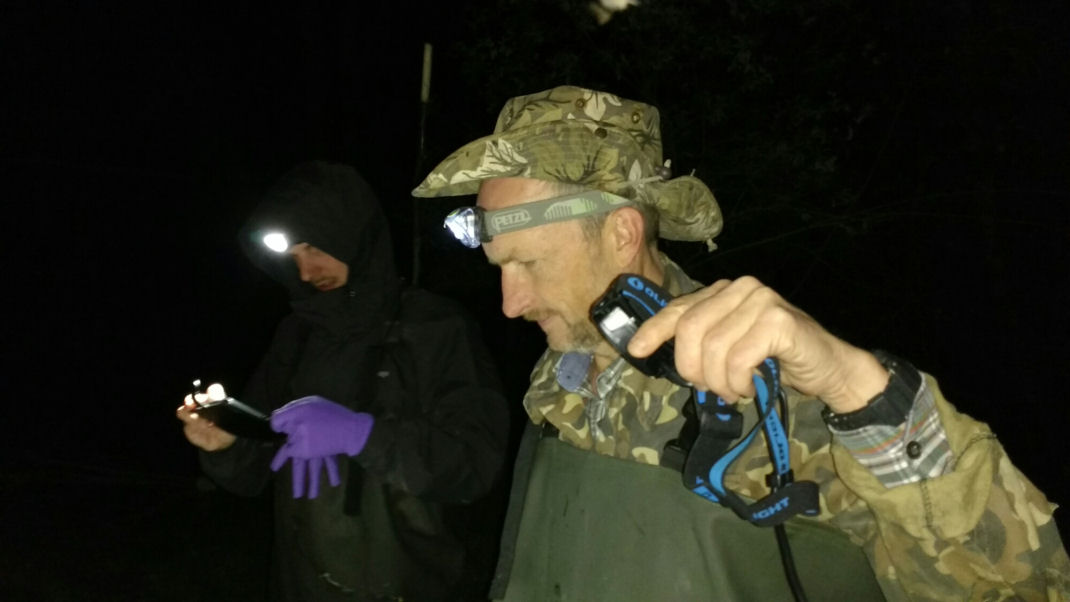Effects of long-term exposure to ionizing radiation on Chernobyl’s tree frogs
Page not updated, may contain old information
COMET investigated the effects of chronic exposure to ionizing radiation on the development, physiology and ecology of natural populations of amphibians, and their implications for individual and population fitness. Examining how amphibians cope with the chronic exposure to low-dose ionizing radiation will help to shed light on the debate over the effects of chronic exposure to low-dose radiation in wildlife. In this study we used the European tree frog (Hyla arborea) living in the Chernobyl Exclusion Zone as the study model. The study analyzes how tree frogs accumulate biological damage as a consequence of living in areas contaminated by radiation, by comparing different aspects of the development, physiology and ecology of frogs living inside and outside areas affected by radioactive fallout from the Chernobyl accident in 1986.
Contact and more information: Germán Orizaola, Animal Ecology, Evolutionary Biology Centre, Uppsala University, Uppsala, Sweden. German.orizaola@ebc.uu.se or www.gorizaolawordpress.com
 | Finding frogs in the CEZ |
